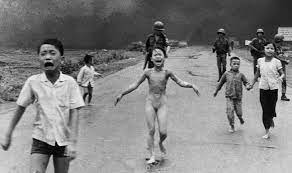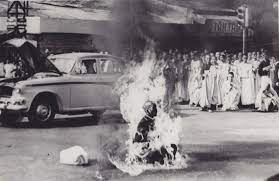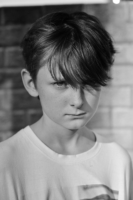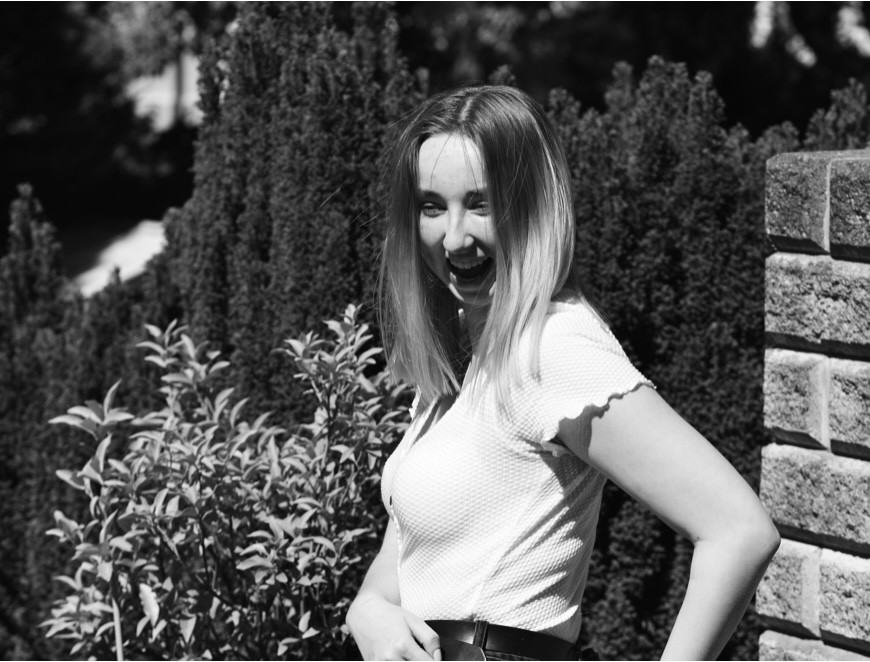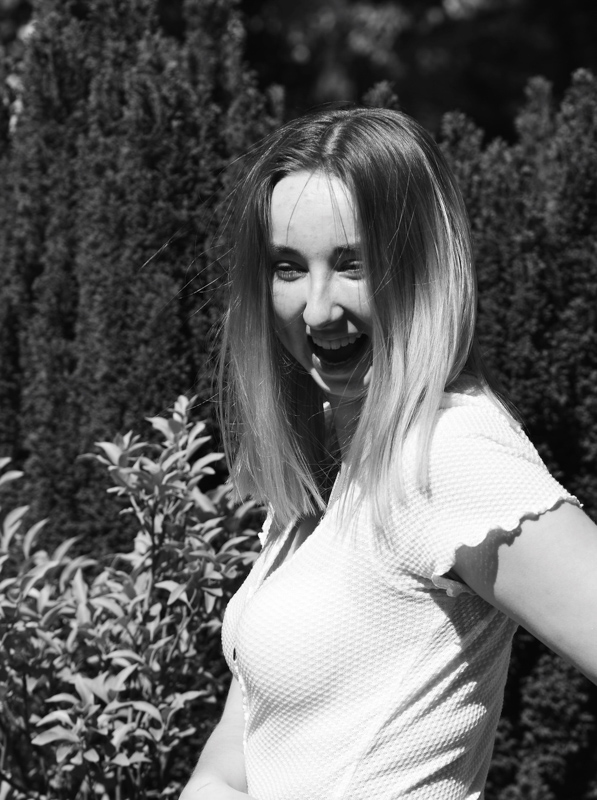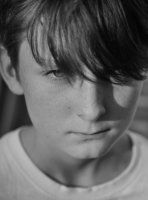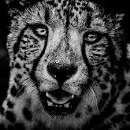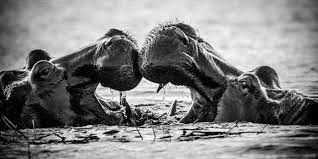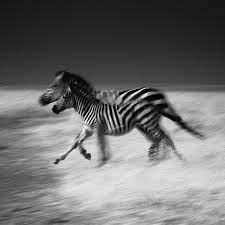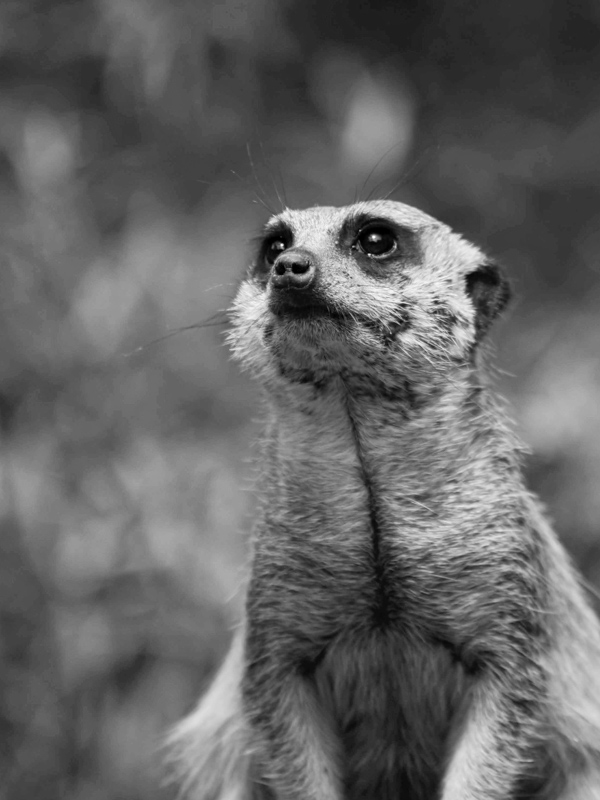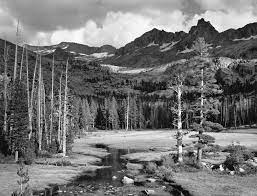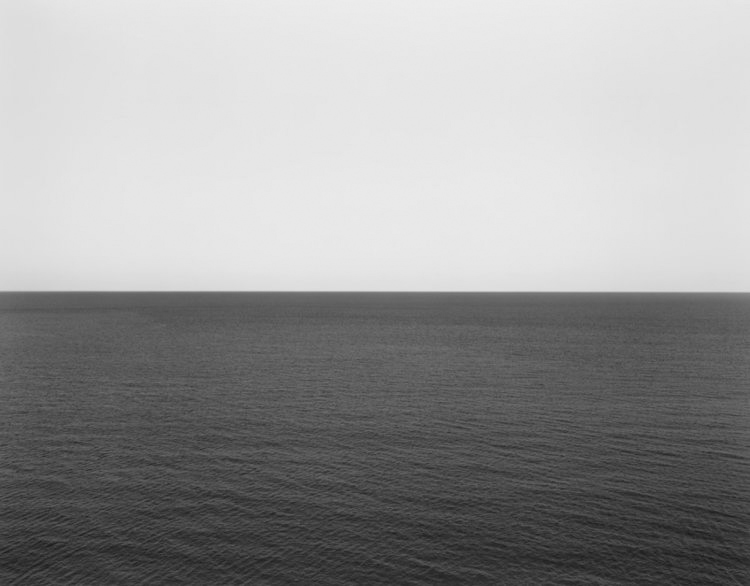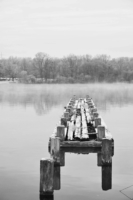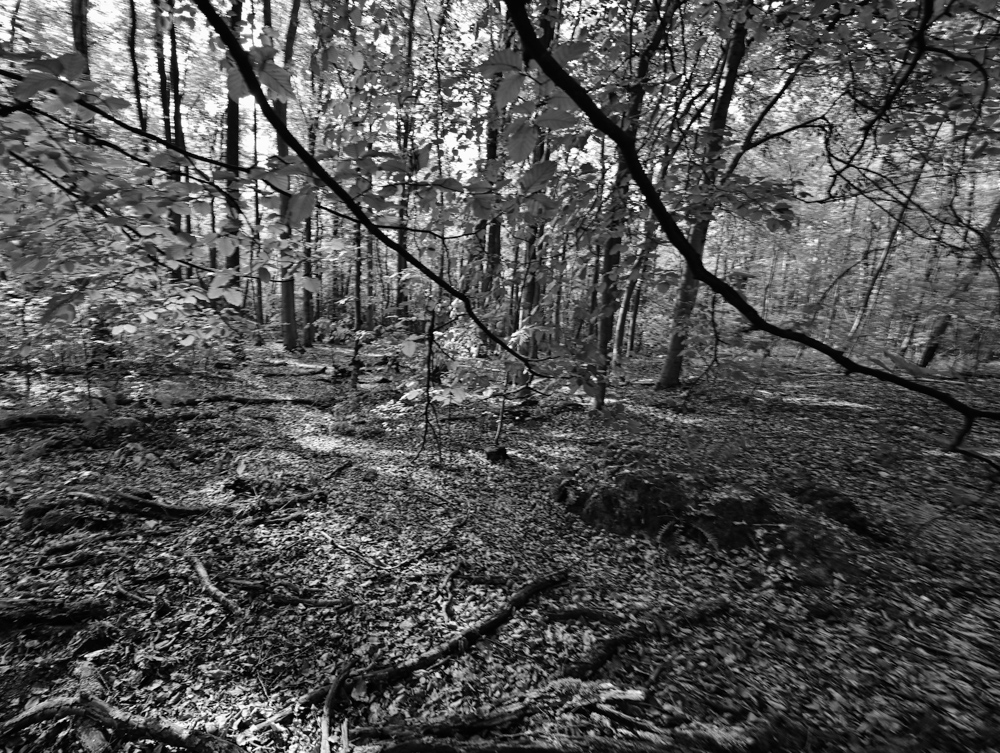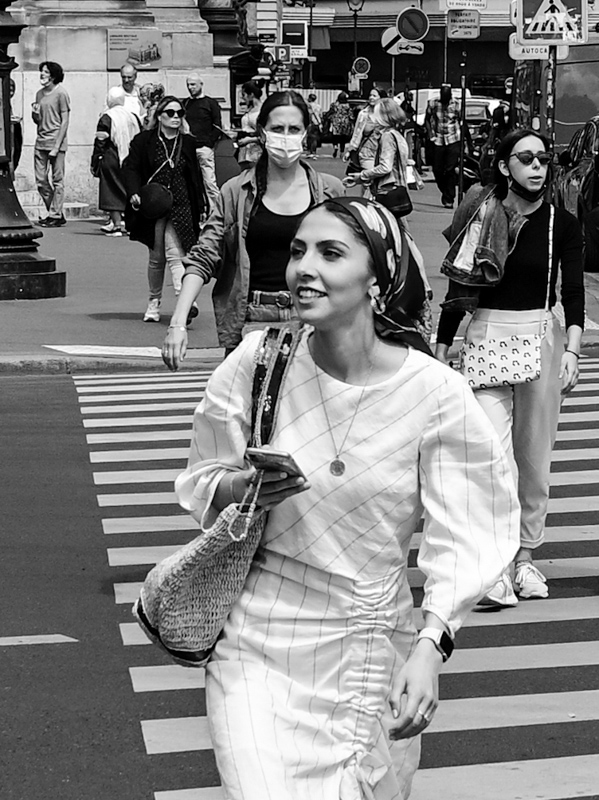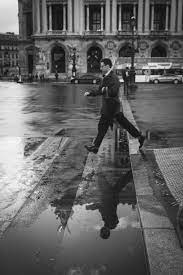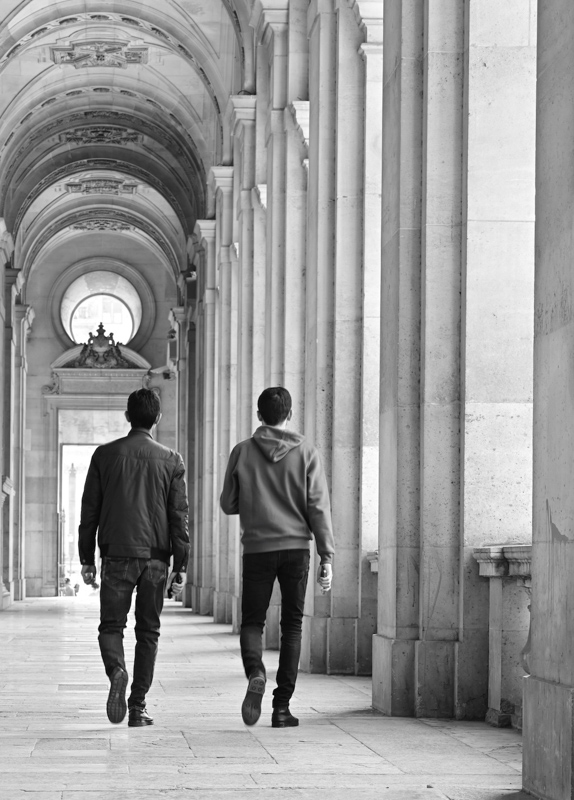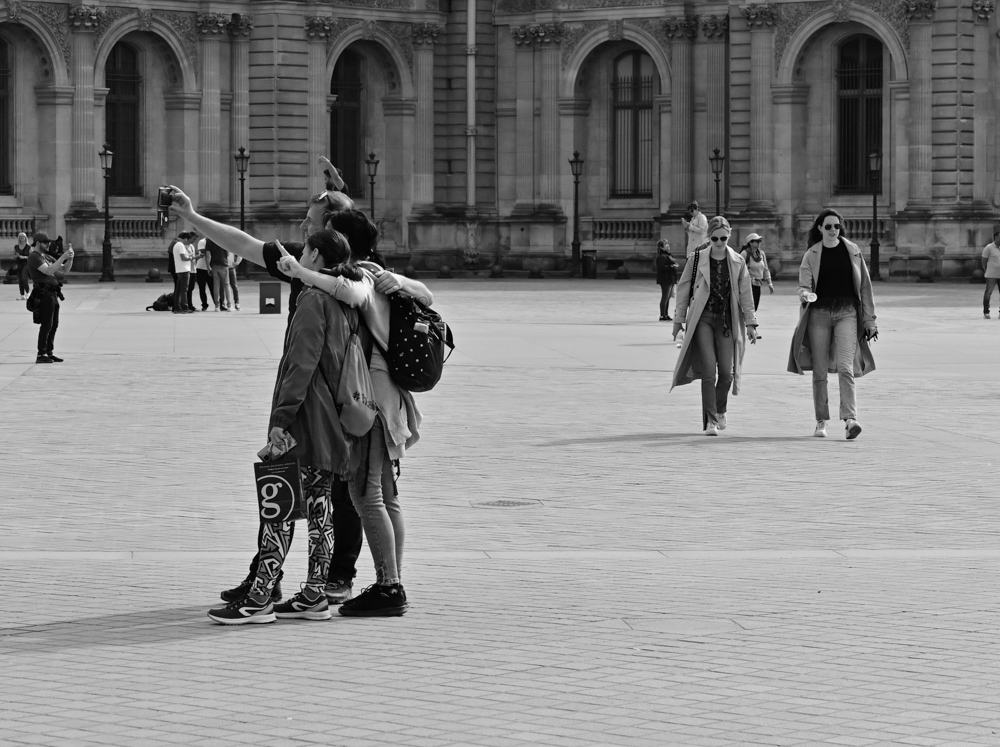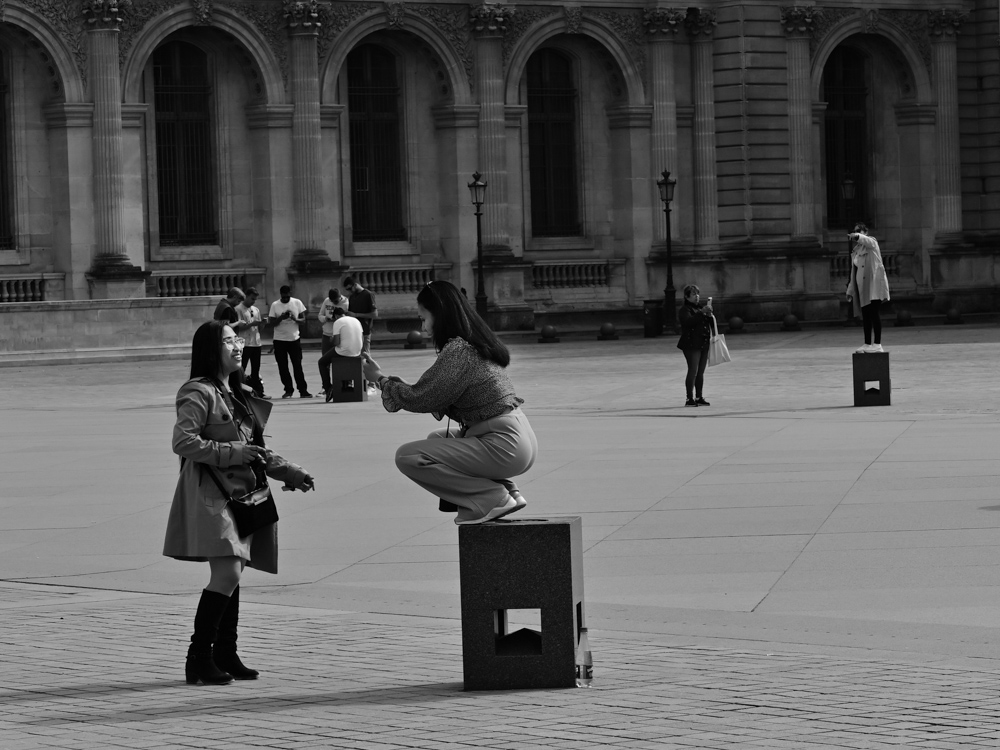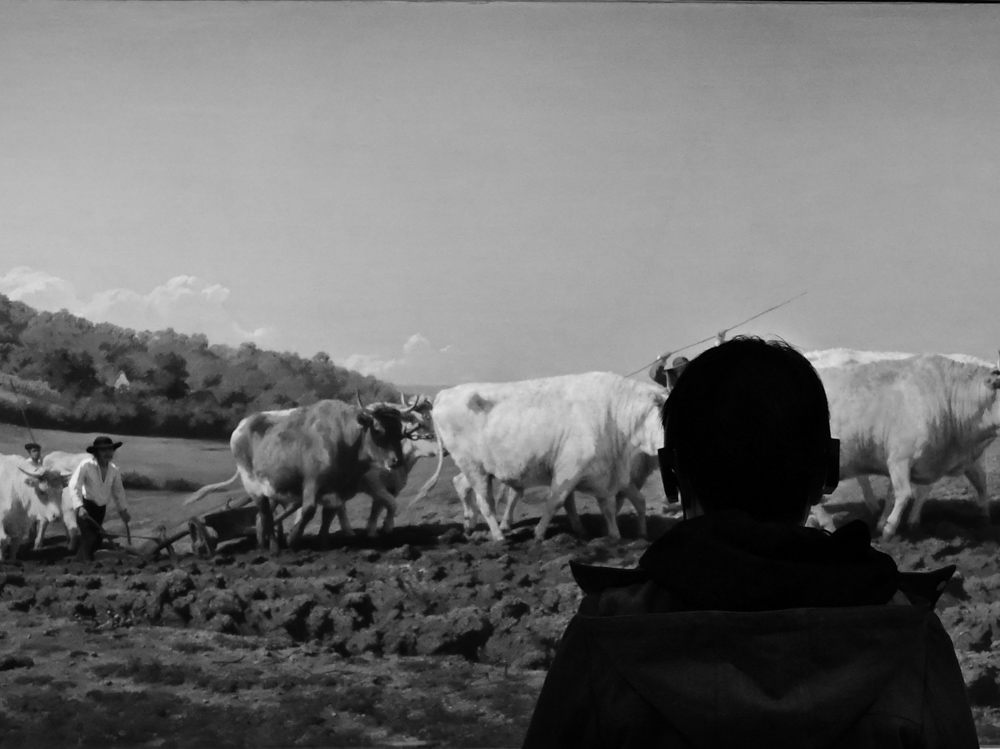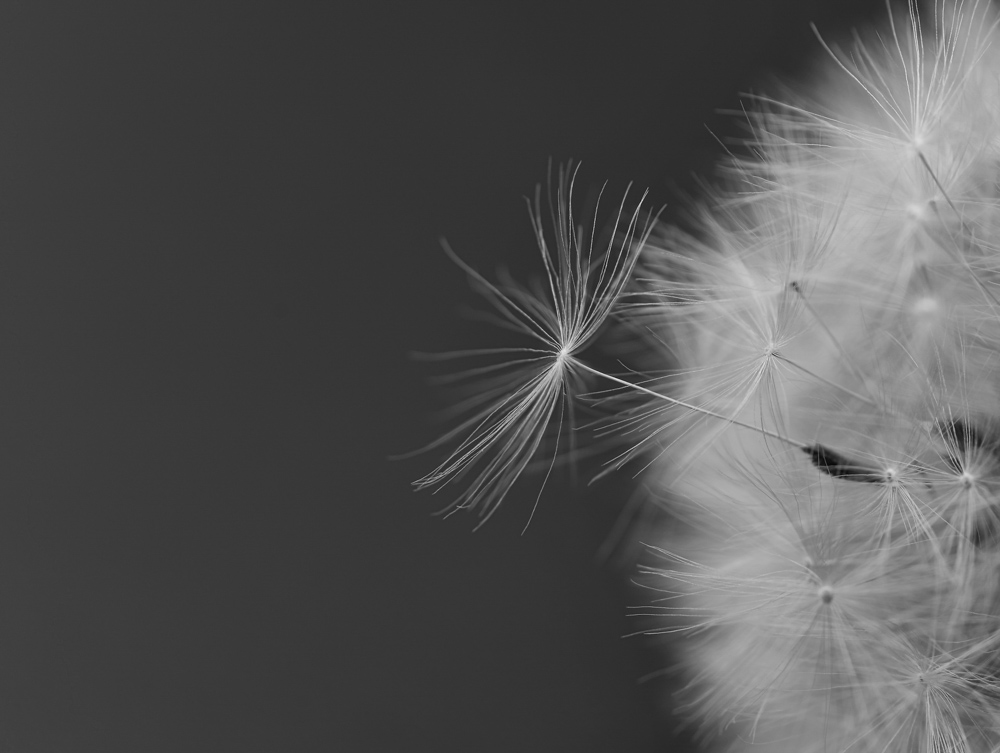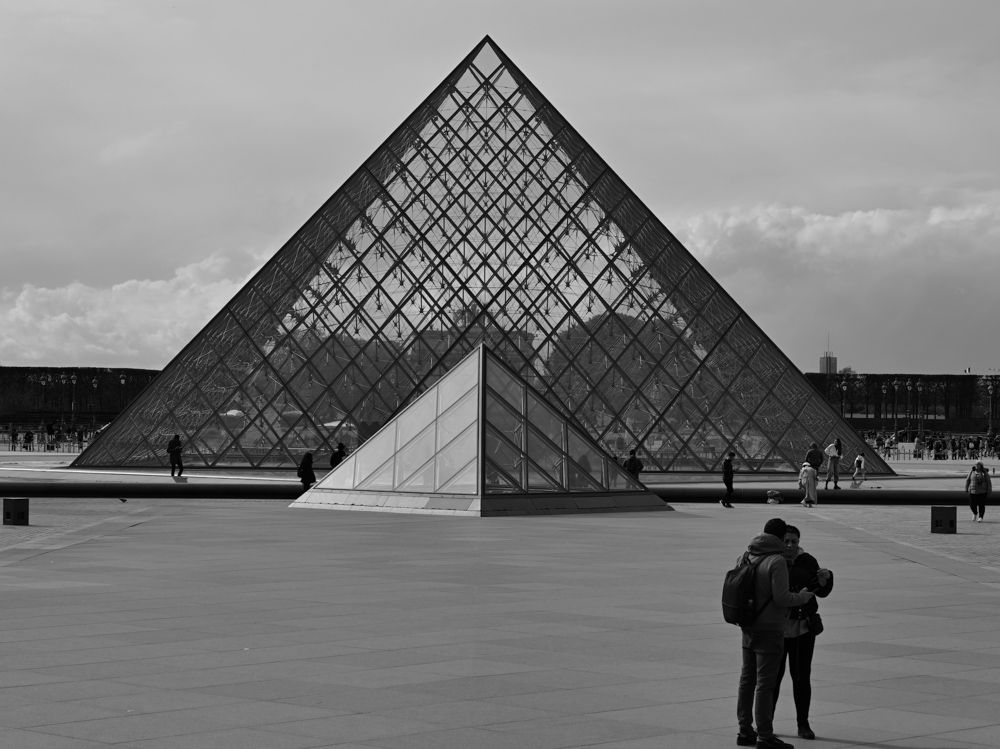Architectural photography generally focuses on all types of buildings, including photos of interiors and exteriors as well as bridges or similar structures. Photos of cityscapes also belong to the category of architectural photography. Architectural photography has been used primarily to document buildings since the invention of photography. Over the years, it has developed into a diverse art form in its own right.
One of the biggest advantages of architectural photography is the immobile subject. A tripod offers freedom in the choice of perspective and also provides stability.
Different lenses are a must, as each focal length has different advantages. Lenses with a fixed focal length make sharp photos with less distortion. A fixed focal length is also great for shooting at night. A zoom lens can be used to photograph subjects that are far away or difficult to reach. Interesting details and structures can also be brought into focus more easily with a zoom lens.
Optical distortion can be avoided by the photographer with a tilt-shift lens. Parallel lines will then be truly parallel to each other and not converge to a point.
Wide-angle lenses are often used in structural photography. With a wide-angle lens, larger areas can be photographed. However, the edges can appear slightly distorted and may need to be cropped.
Landmarks, government buildings, libraries, museums, churches, and historical buildings are ideal for architectural photography. To find the best angle for the desired subject, it is useful to view the building from different perspectives. The time of day also plays a decisive role. Night shots of ordinary buildings turn them into something special because of the atmosphere.
Depth of field is crucial when photographing buildings. The photographer should not withhold any detail from the viewer and should bring as much sharpness as possible into the picture. This can be achieved by using a small aperture.
Symmetry plays a key role in architectural photography. This can be parallel lines in a wall or the reflection of a building in a lake.
The background/sky also plays a crucial role in this type of shooting. Vivid white clouds drifting over a bright blue sky make a perfect background. This effect can be enhanced by using ND filters. The same applies to photographs taken in bad weather, threatening storm clouds can give a photograph that certain extra something that makes it perfect.
Architectural photography does not only mean depicting buildings aesthetically – individual parts of the building or structure can also be selected as a subject. The façade of a building, which comes in many different designs, is particularly suitable for this. Not only do the materials differ, such as wood or stone, but also the shapes of individual buildings and especially the objects incorporated into the façade are worthwhile subjects for architectural photography.
Unusual windows, doors, or projections can be optimally integrated into successful concepts.
If the focus is placed on the walls, there are various possibilities for photographing them. The angle of view plays a decisive role here. Walls photographed from the front look very static, while those photographed from the side look much more dynamic. The position of the photographer has a decisive influence on the effect of the photo. If he stands on the street like any amateur photographer and shoots at a height, this will only produce an ordinary angle of view, but if the photographer tries to get a good position from a higher building, this will have a surprising effect on his shot.
In architectural photography, the photographer must pay particular attention to a good and coherent composition. Most buildings have a wealth of guiding lines that a photographer can use as orientation. Joints in the masonry are popular, for example, the white lines between red bricks. The surroundings of the building should also be used to conceptualize a successful shot. This could be, for example, a curved path leading to the entrance door. At the same time, this path would be the first perfect guiding line that automatically leads the viewer’s eyes to the house.
In general, it is important to avoid placing prominent objects such as conspicuous windows or doors in the center of the picture. These objects should rather be arranged according to the rule of third.
An attractive and successful composition fills the foreground, middle ground, and background with various eye-catchers. This makes the photograph more exciting for the viewer.
As a rule, the photography of buildings is considered very static. A good photograph captivates through its composition and an interesting angle of view. To make architectural photography special, the photographer can try to integrate movement. Nevertheless, the still part should dominate the picture. Passers-by walking past the object can be integrated particularly well. Longer exposure times, e.g. 1/5 sec., ensure that the outlines become blurred and give architectural photography that certain something.
Some famous and popular black and white architecture photographers are:
1. Julius Shulman – Julius Shulman is an unrivaled icon in the field of architectural photography. Shulman was born in Brooklyn, New York in 1910. In the more than 70 years of his career, he has not only documented the buildings of the most important architects of the 20th century, such as Frank Lloyd Wright, Pierre Koenig, Richard Neutra, and John Lautner, to name but a few. He also elevated the genre of commercial photography to the status of art through his visionary photographs.
Many of the buildings of these star architects have only become known through the photographs of Julius Shulman. Richard Neutra, an early patron of Shulman illustrated his catalog raisonné exclusively with his photographs. Neutra once explained:
“Julius Shulman’s work will outlive me. The film is stronger and good glossy shots are easier to carry than heavy concrete, stainless steel, or ideas.”
Shulman, who was born in New York, moved to California with his family at the age of 10. He took a few courses at UCLA and Berkeley in the mid-1930s. However, he never enrolled at either of these universities, preferring to take a variety of courses.
In 1936, he met a casual acquaintance, a construction draftsman at the site of Richard Neutra’s residence. Shulman took six photographs that Neutra liked so much that he subsequently bought them.
Richard Neutra introduced him to other architects and convinced Shulman to work as a photographer. An unprecedented career for Julius Shulman began, with his keen sense of style and sure intuition, he recognized what architects wanted to express and captured it in his photographs.
Always striving for precision and quality, Shulman created photographs that often looked like film style. In his photographs, there were festively dressed people who looked as if they were living in these modern and elegant buildings.
One of his most famous photographs is the night shot of Case Study House No. 22, built-in 1959-1960.
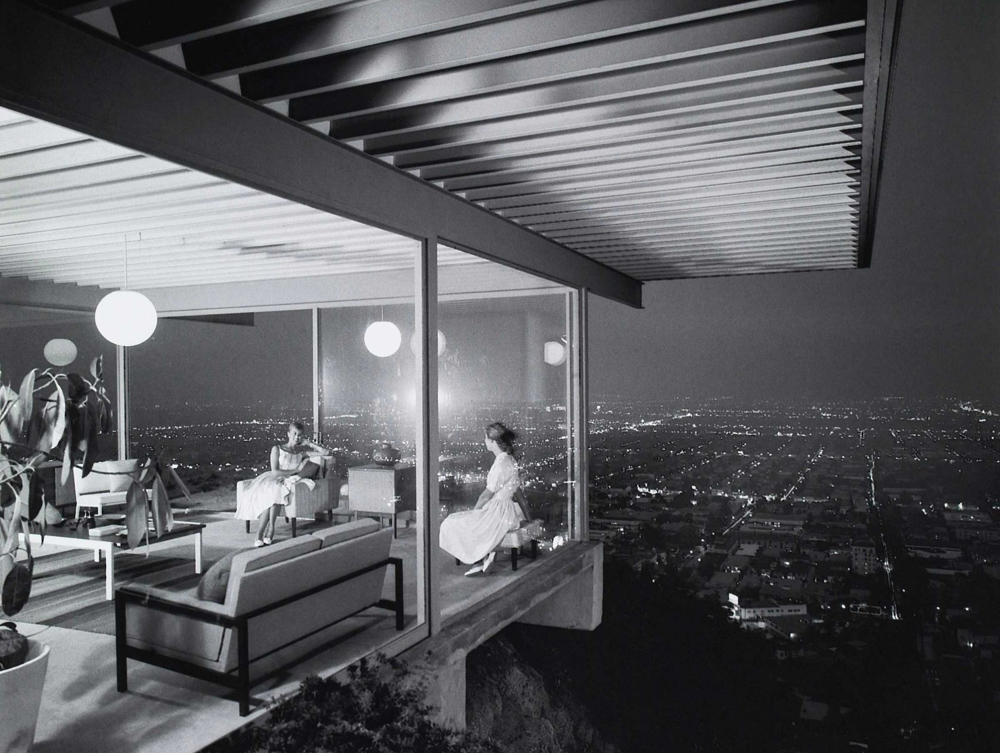
(Quelle:https://www.lamag.com/longform/a-shot-in-the-dark/)
Pierre Koenig’s house, sophisticated and minimalist, perched high above countless Los Angeles lights. Both ladies talk animatedly
This photograph perfectly captures the style of the time.
Shulman once said of his photographs:
“I don’t change the architecture, but put a quality into it that makes it seem magical, so that people say, ‘That’s a wonderful photograph.’ I want to live in that house!”
In 1989, Shulman retired from active day-to-day photography and devoted the next 20 years to museum and gallery exhibitions.
In 2000, he became involved with the German industrial and architectural photographer Juergen Nogai. The two photographers worked together and searched out all the places Shulman had ever photographed before. In 2005, Julius Shulman’s extensive archive was purchased by the Getty Research Institute.
Julius Shulman died in 2009 at the age of 98.
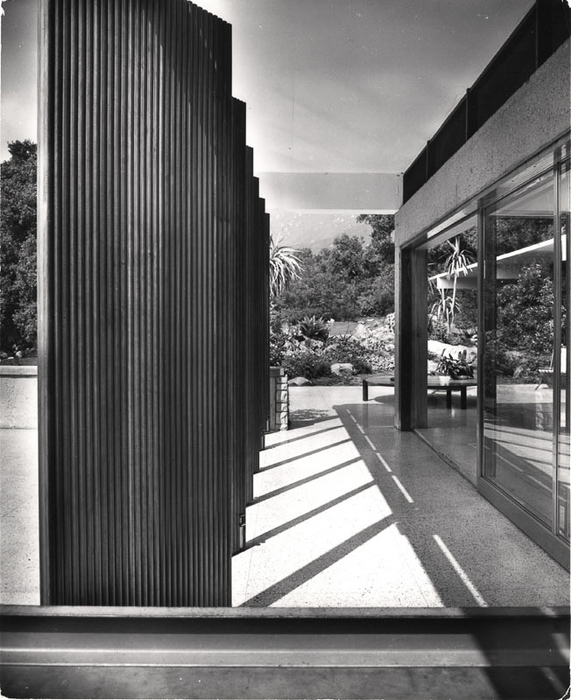
(Quelle: https://www.icp.org/browse/archive/objects/tremaine-house-santa-barbara-richard-neutra-architect)
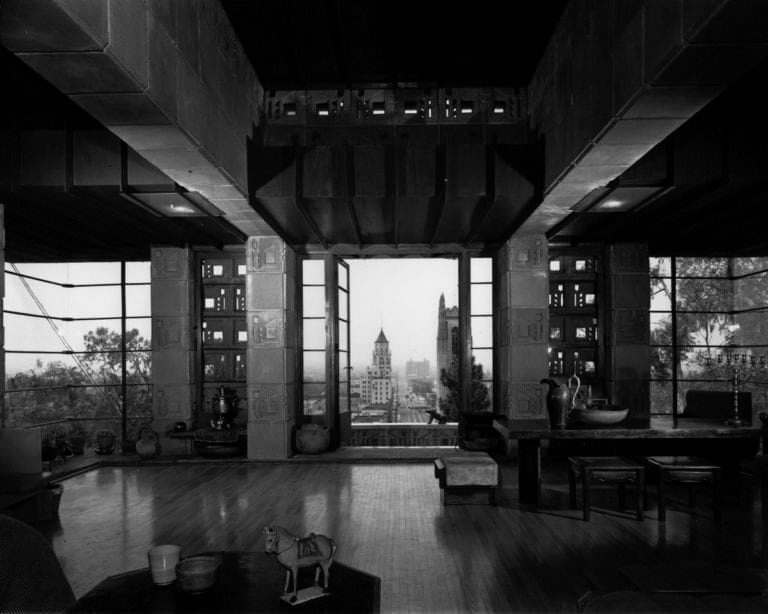
(Quelle: https://www.holdenluntz.com/artists/julius-shulman/)
2. Eric de Mare – Eric de Mare was born in London on 10 September 1910. His parents were Swedish migrants. Eric was educated at St. Paul’s School in London until 1928 when he transferred to the Architectural Association as a pupil. In 1933 he went to Scandinavia to work and travel. In some of his later publications de Mare focused on Sweden, he was a supporter of the Social Credit movement.
In 1934, on his return from Sweden, Eric became a member of the Architectural Press and in 1943 became the Associate Editor of the Architects Journal. de Mare published his first book in 1942 entitled Britain Rebuild. In the following years, he published other books and articles in the Architectural Press. Many of the subjects covered in these works are represented in the collection of the Public English Heritage Archive.
On his return to England from Sweden, de Maré joined the Architectural Press and became deputy editor of the Architects Journal in 1943. In 1942, de Maré published his first book, Britain Rebuilt. In the years that followed, other books and articles were published in the Architectural Press. Many of the subjects covered in these works are represented in the Public English Heritage Archive collection.
He claimed that photography, and especially the photographer, was the key to a critical appreciation of architecture. In Gerald Wood’s ‘1972 book’ Art Without Borders, de Maré wrote: “The photographer is perhaps the best critic of architecture, for through successful composition and selection he can communicate direct and powerful commentary in both praise and protest: He can also discover and reveal architecture where none was intended. „
Eric de Mare began documenting canals and waterways in 1948. In doing so, he explored the anonymous architecture that constituted a major style of the landscape. During this tour, he photographed landscapes, buildings, and people he encountered. The record of this trip led to a special issue of the Architectural Review in 1949. In 1950, The canals of England was published, a book containing historical and technical descriptions of inland waterways decorated with de Mars photography.
As a result of his good work on canals, Eric was commissioned in 1950 by the then editor of the Architectural Review, AR Richards, to photograph early industrial sites and buildings.
The photographs were combined with JM Richards’ texts in The Functional Tradition in Early Industrial Buildings and published by the Architectural Press in 1958.
The work of Eric de Mare in the 1960s reflected the other end of the industrial spectrum. He focused on modern power stations which gave his photographs a sculptural quality.
In recognition of de Mare’s 80th birthday, Michael Hopkins and partners presented a large collection of photographic negatives to the Architects Association Foundation. In 1990, the Architects Association also honored de Mare with a retrospective exhibition of his work.
Eric de Mare died in 2002 at the age of 91. The Guardian described him as one of the finest architectural photographers of the mid-20th century. The Daily Telegraph described de Mare as one of the most remarkable photographers of his time as well as a prolific writer.
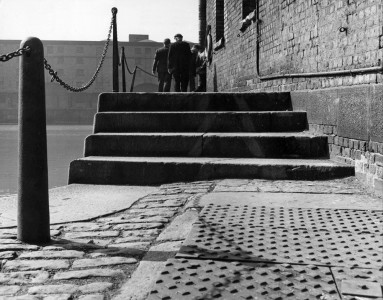
(Quelle: https://www.artinliverpool.com/venues-archives/milk-and-sugar-archive/look11-images-by-eric-de-mare-at-milk-sugar/)
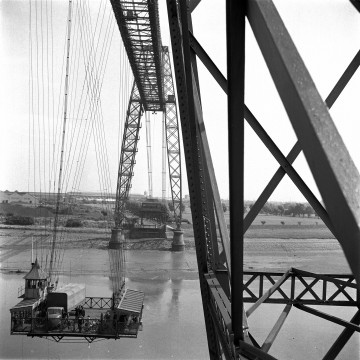
(Quelle: https://conversations.aaschool.ac.uk/eric-de-mare-photography-framing-architecture/)

(Quelle: https://azurebumble.wordpress.com/2011/03/04/eric-de-mare-photography/)
3. Ezra Stoller – was born in 1915 in Chicago. Ezra Stoller grew up in New York and studied architecture at NYU. He began photographing buildings, models, and sculptures while still a student. In 1938, Ezra finished his studies with a BFA in industrial design. Stoller worked with photographer Paul Strand at the Office of Emergency Management from 1940-to 1941. He was drafted the following year and was a photographer at the Army Signal Corps Photo Center while in the Army.
After the Second World War, Ezra Stoller continued his career as an architectural photographer and from then on concentrated on commissions from industry and science.
Over the next 40 years, he became best known for his photographs of buildings.
Ezra worked from the late 1930s to the 1980s. His paintings conveyed the three-dimensional experience of architecture through a two-dimensional medium. To create this impression, he paid careful attention to the angle of view, lighting conditions, line, color, shape, and texture.
Some of the iconic buildings he photographed included Fallingwater, the Guggenheim Museum, the Seagram Building, and the TWA Terminal. His unique style makes the images as familiar as the buildings they document.
Ezra Stoller created a work of photographs of science and technology, factories and industrial production, and commercial and residential architecture during his active period as a photographer. It reflects both social history and the documentation of design and construction.
Ezra Stoller managed to make many modern buildings famous based on his photographs alone. He was uniquely able to visualize the formal and spatial aspirations of modern architecture.
During his long career, he worked closely with many of the leading architects of the time, including Frank Lloyd Wright, Paul Rudolph, Marcel Breuer, and Mies van der Rohe.
Ezra died in 2004 at the age of 89 from the effects of a stroke.
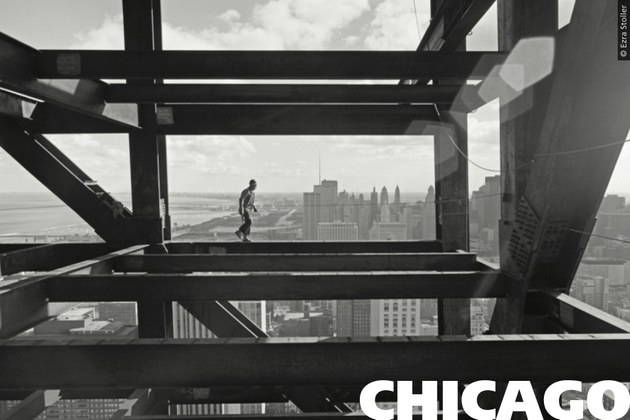
(Quelle:https://tu-dresden.de/bu/architektur/ifge/oeb/archiv/archiv_entwurf/ws_18-19-chicago)
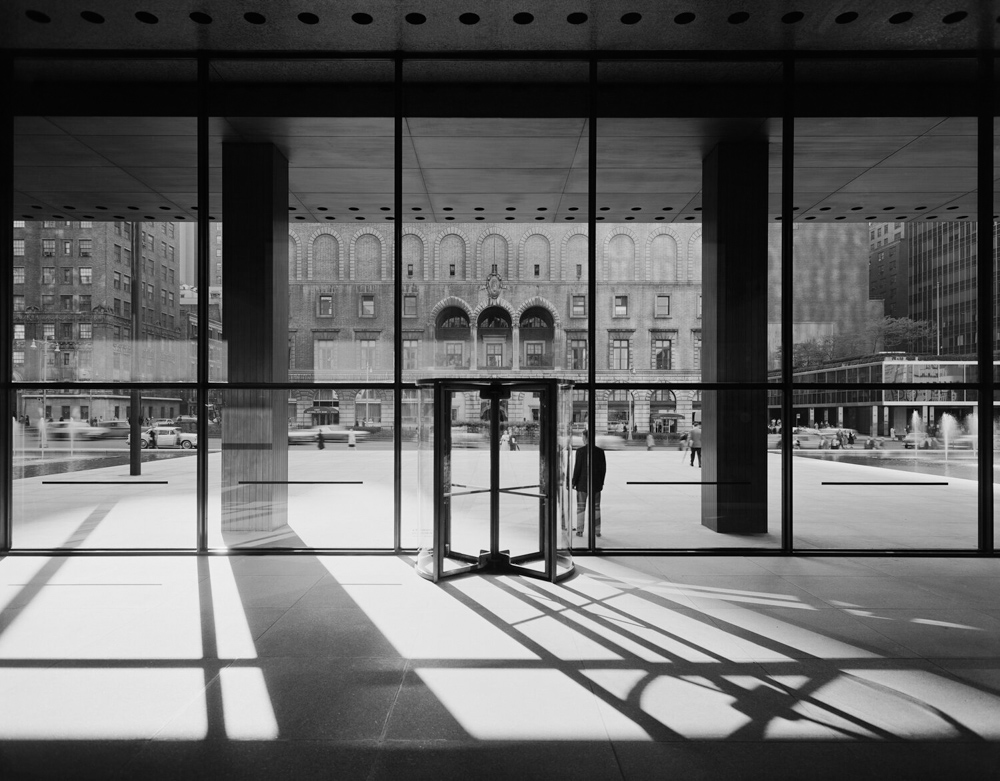
(Quelle: https://www.ezrastoller.com/ezra-stoller-3)
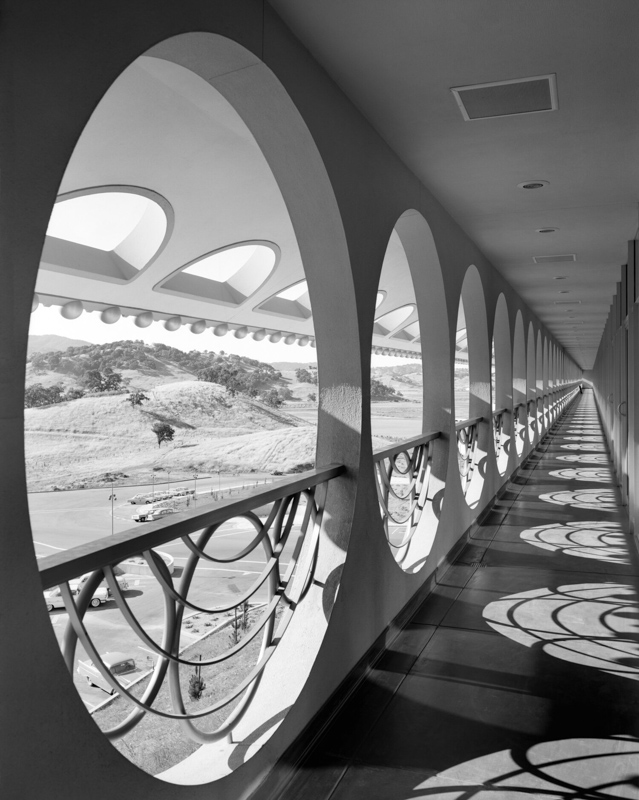
(Quelle: https://www.ezrastoller.com/ezra-stoller-us-industry)
These are just a few of the most famous and influential architectural photographers, including Frederick H. Evans and Berenice Abbott.
Architectural photography gives the viewer an illusion. The illusion of being part of the action. Good architectural photography, with its exceptionally good composition, structure, lines, and good lighting conditions, can open up completely new perspectives and dimensions to the viewer.
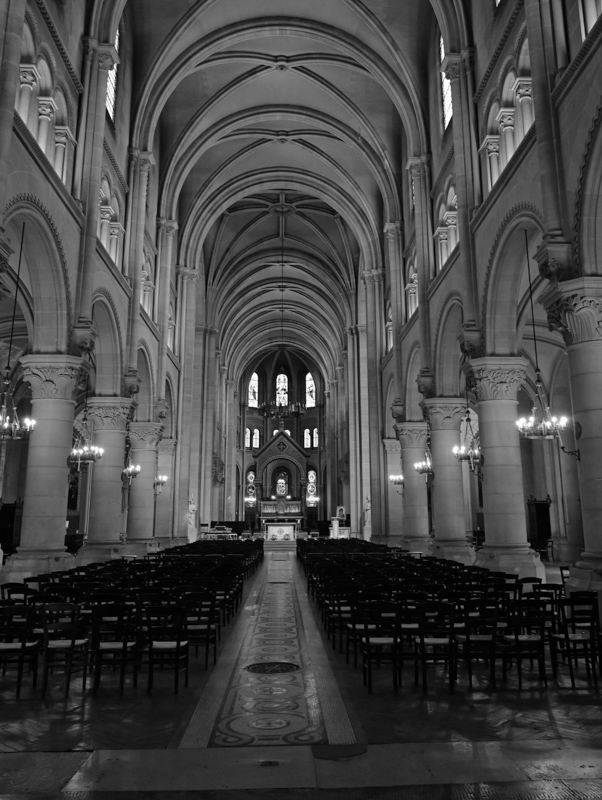
Nikon Z7, ISO 800, f/5.6, 1/50 sec., 17,5mm
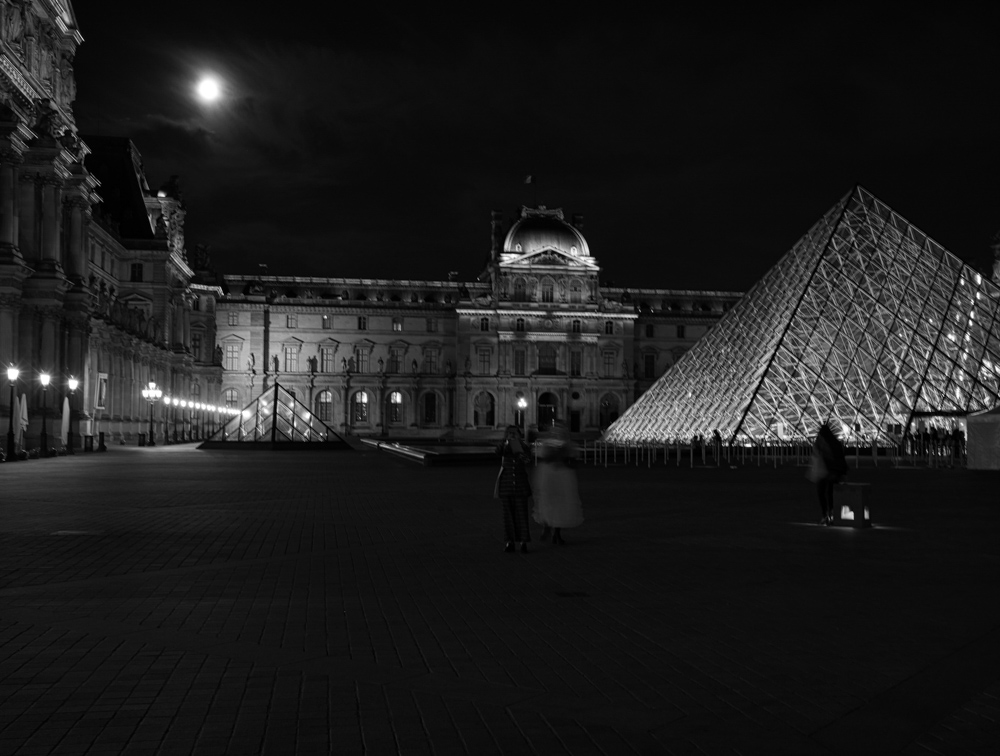
Nikon Z7, ISO 200, f/6.3, 0,625 sec., 36mm
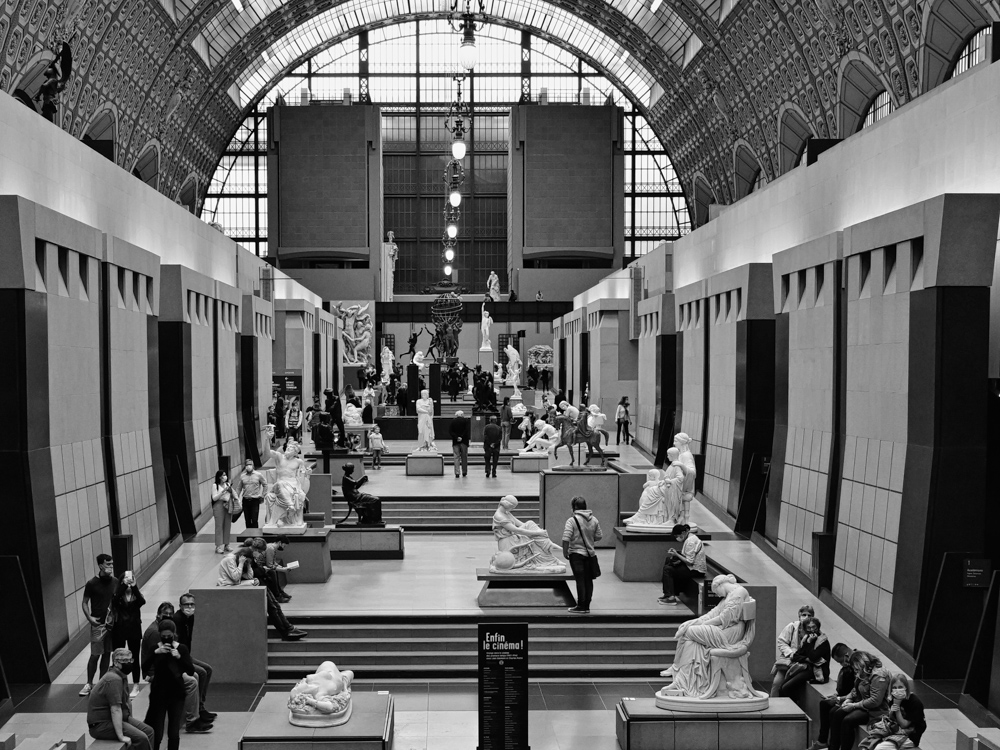
Nikon Z7, ISO 800, f/5.6, 1/60 sec., 24mm
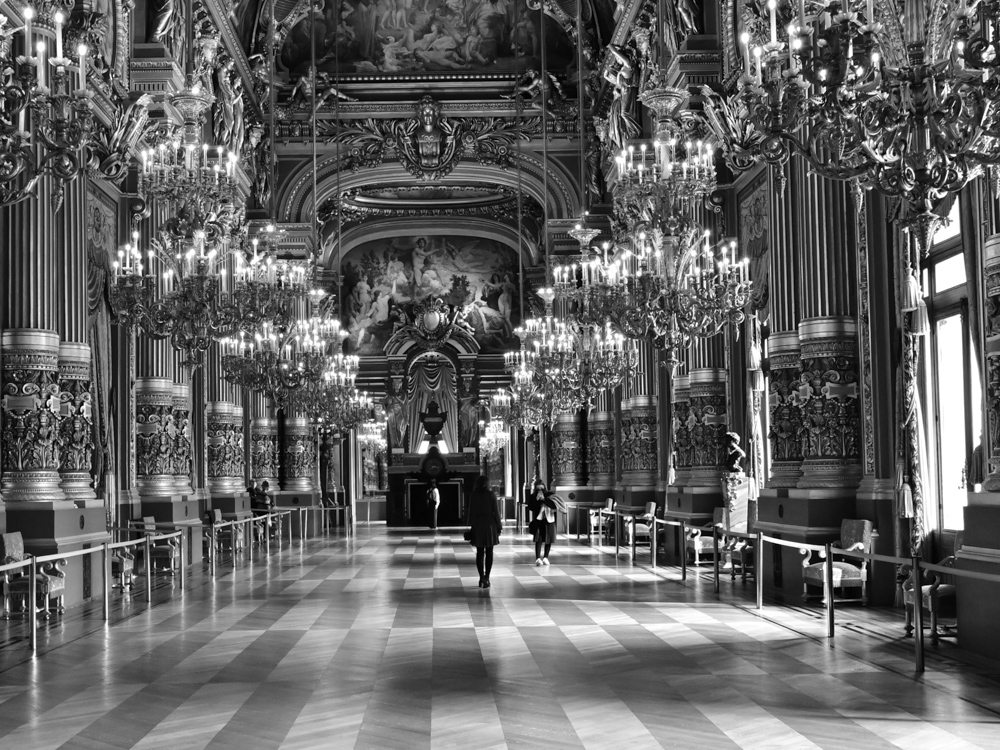
Nikon Z7, ISO 600, f/6.3, 1/15 sec., 14mm
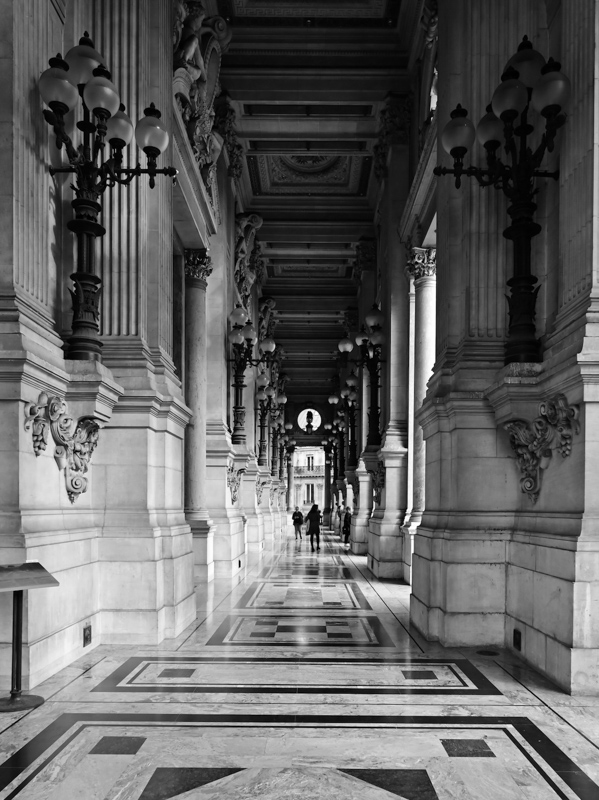
Nikon Z7, ISO 600, f/6.3, 1/320 sec., 14mm




